Spain offers incredible value for travelers who know where to look. From the bustling streets of Madrid to the sun-soaked beaches of Andalusia, this country rewards budget-conscious visitors with rich experiences that don’t break the bank. The key lies in understanding how locals live, eat, and explore their own country.
Smart travelers quickly discover that Spain’s charm extends far beyond its tourist hotspots, and the most memorable experiences often come with surprisingly modest price tags. Here is a list of 18 practical ways to make your euros go further while exploring everything Spain has to offer.
Eat Like a Local at Menu del Dia
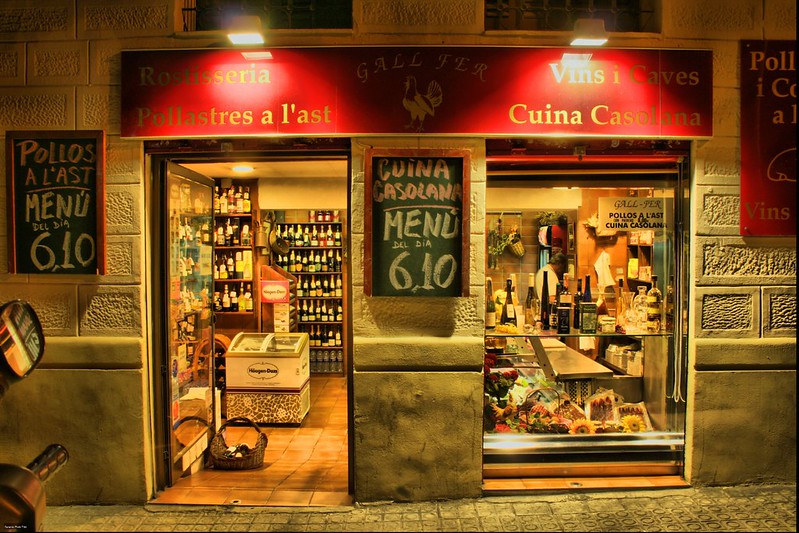
Most Spanish restaurants offer a ‘menu del dia’ during lunch hours, typically between 1 PM and 4 PM. These fixed-price meals usually include three courses, bread, and a drink for around 10–15 euros. You’ll get the same quality food that locals enjoy, often at half the price of ordering individual items from the regular menu. Many of these lunch specials feature regional specialties that change daily, giving you an authentic taste of Spanish cuisine without the tourist markup.
Shop at Local Markets Instead of Supermarkets
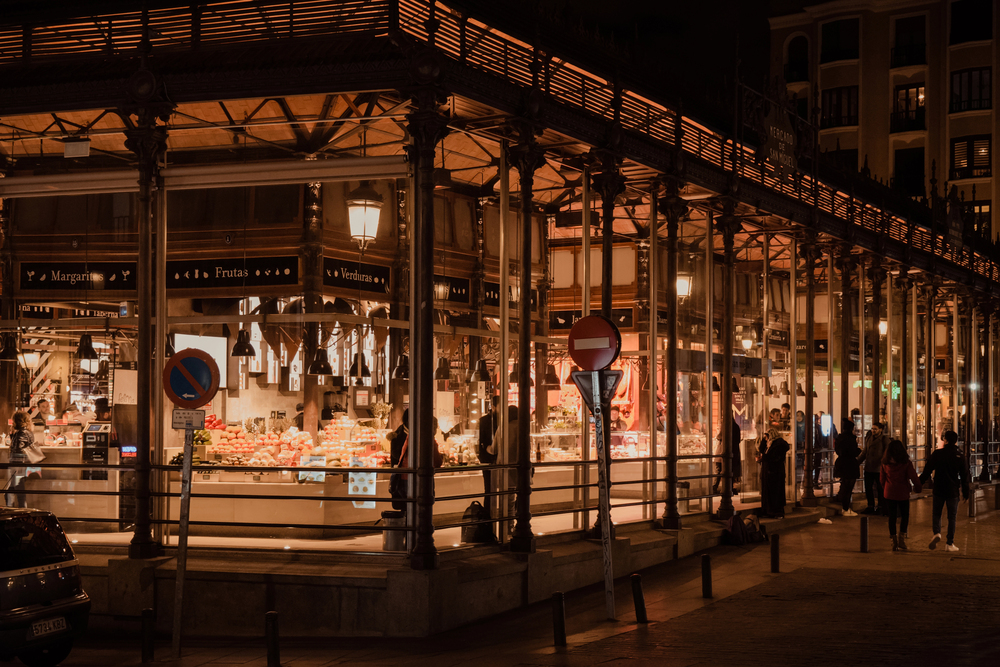
— Photo by AlenaKr
Spanish markets like Madrid’s Mercado de San Miguel or Barcelona’s Boqueria offer fresh produce, cheese, and prepared foods at a fraction of supermarket prices. Local vendors often let you sample before buying, and the quality typically surpasses what you’d find in chain stores. These markets also double as cultural experiences where you can practice your Spanish and learn about regional ingredients. Shopping here for picnic supplies or apartment groceries can cut your food budget by 30–40% compared to tourist-oriented shops.
Take Advantage of Free Museum Hours
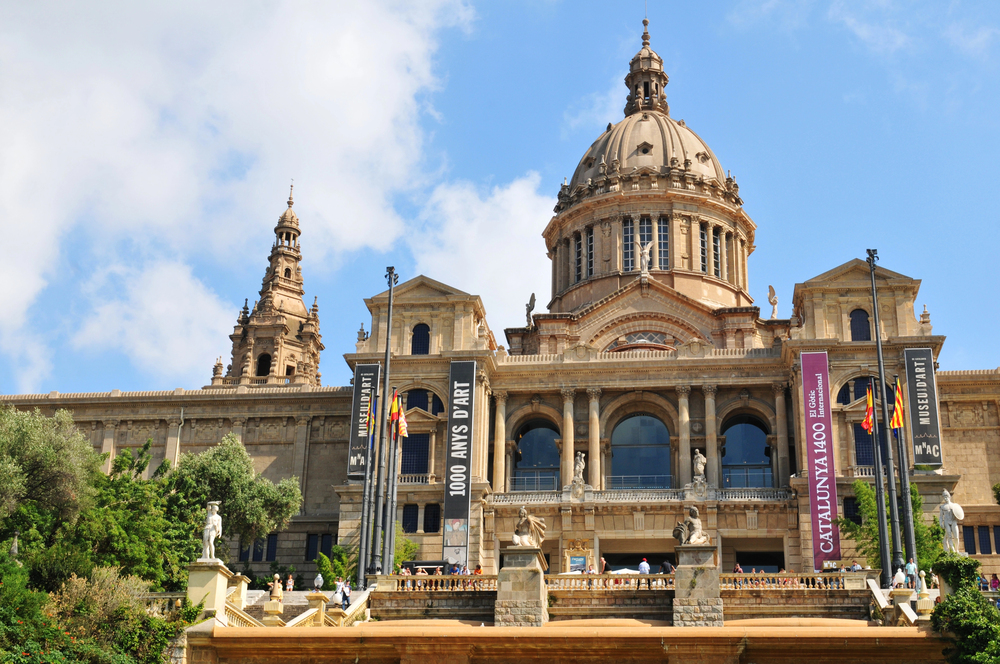
— Photo by lucianmilasan
Major Spanish museums offer free admission during specific hours, usually in the evenings or on certain days of the week. The Prado in Madrid is free from 6–8 PM Monday through Saturday, while the Guggenheim Bilbao offers free admission on certain weekday afternoons. These free periods let you experience world-class art collections without paying the standard 12–15 euro entrance fees. Plan your cultural activities around these windows, and you’ll save significant money while still seeing the same masterpieces.
Use Regional Trains Instead of High-Speed Rail
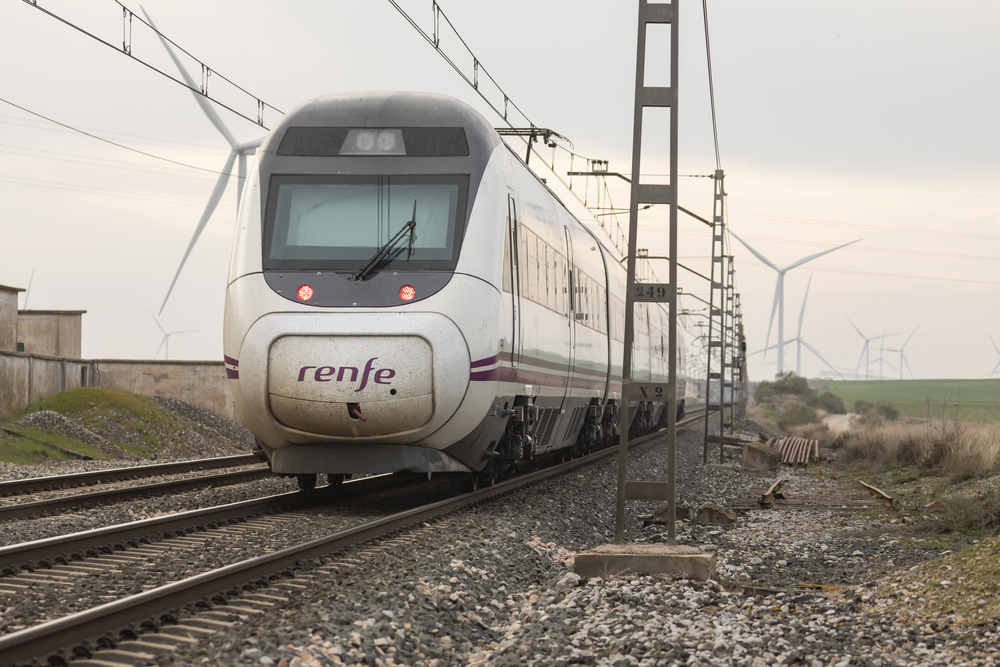
— Photo by alvarobueno
Spain’s regional train network connects most cities at a fraction of the cost of the AVE high-speed trains. While the journey takes longer, regional trains often pass through more scenic countryside and make stops in smaller towns worth exploring. A regional train from Madrid to Seville costs about 30 euros compared to 80+ euros for the high-speed option. The extra time becomes part of the adventure, especially when you’re not on a tight schedule.
Stay in Smaller Cities and Day Trip to Major Destinations
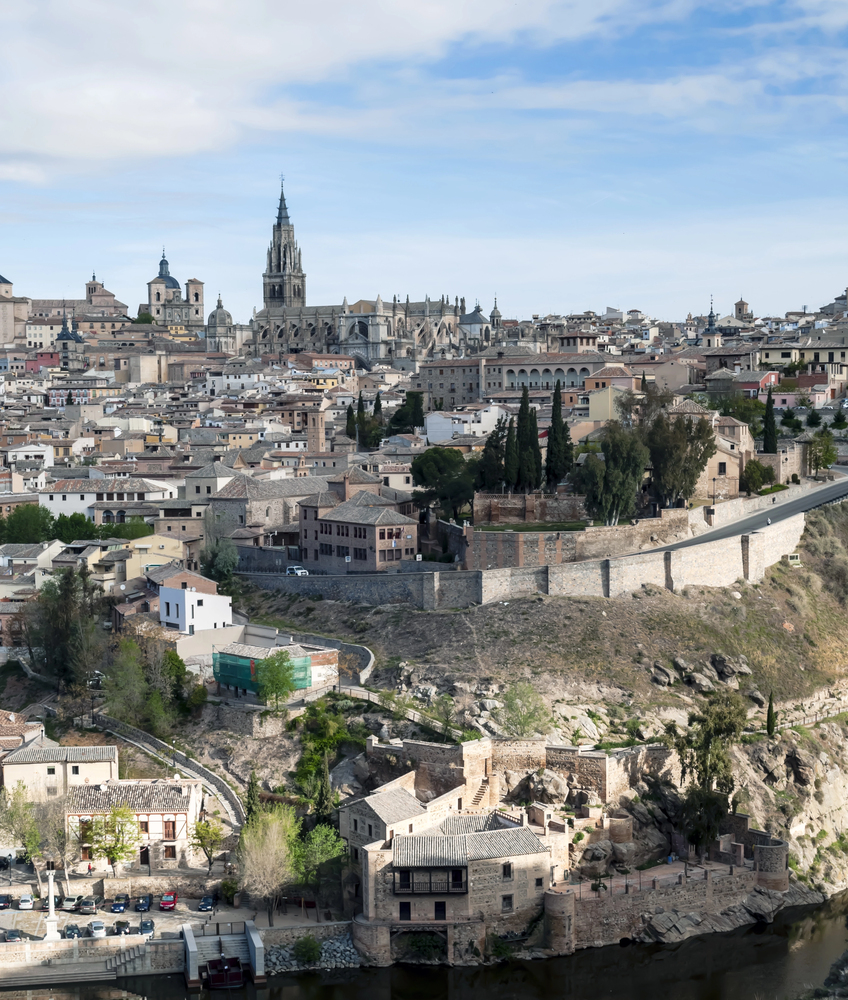
Accommodation in cities like Toledo, Segovia, or Girona costs significantly less than staying in Madrid or Barcelona. These smaller cities often sit just an hour or two away from major destinations by train or bus. You’ll experience more authentic Spanish life while paying 40–50% less for lodging. Many of these smaller cities have their own historic attractions and better restaurant values, making them worthwhile destinations in their own right.
Embrace the Siesta Culture for Free Activities

During siesta hours (roughly 2–5 PM), when many shops and attractions close, focus on free activities like walking through parks, exploring neighborhoods, or relaxing on beaches. This natural rhythm of Spanish life means you won’t feel pressured to spend money during these quiet hours. Many locals use this time for leisurely strolls through historic districts or socializing in plazas. Adapting to this schedule helps you experience Spain more authentically while keeping your wallet closed during the afternoon lull.
Buy Groceries at Mercadona or Lidl
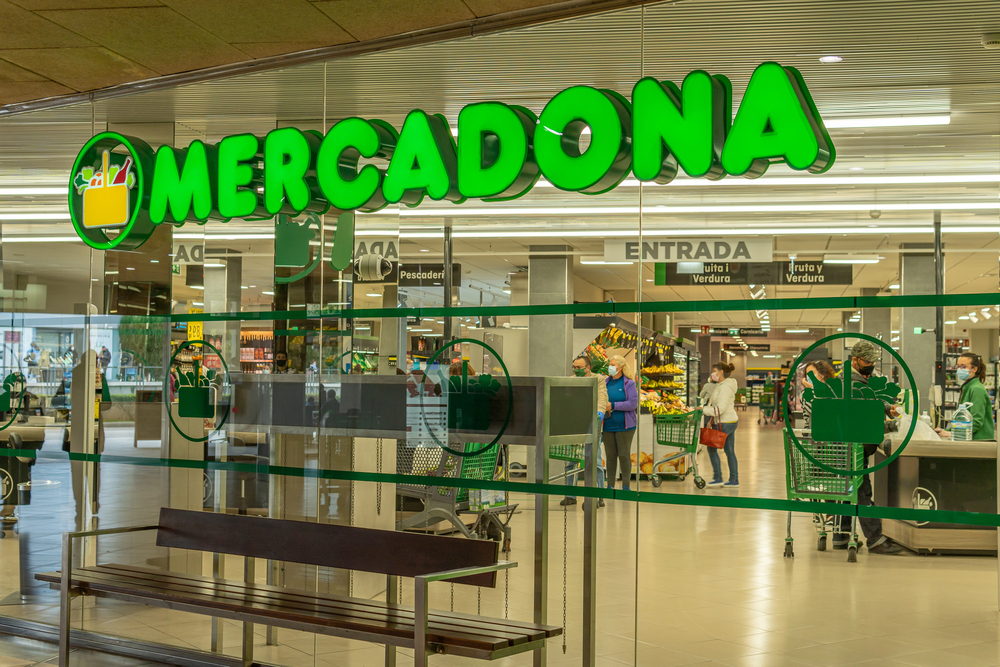
— Photo by Nemenfoto
These Spanish supermarket chains offer excellent quality at budget-friendly prices, with Mercadona being particularly beloved by locals. Their store-brand products often match or exceed name-brand quality at 20–30% lower prices. Lidl brings German efficiency to Spanish shopping, with rotating special offers that can include everything from hiking gear to gourmet foods. Shopping at these chains instead of tourist-convenient stores near attractions can dramatically reduce your food and supply costs.
Book Accommodations with Kitchen Access

Apartments, hostels, or hotels with kitchenettes let you prepare some meals yourself, which can cut your food budget in half. Spanish supermarkets stock excellent ingredients for simple meals like tortilla española, gazpacho, or pasta with local vegetables. Even preparing just breakfast and occasional dinners saves substantial money over eating every meal out. Many accommodations also provide basic cooking supplies, making this option more convenient than you might expect.
Travel During Shoulder Seasons
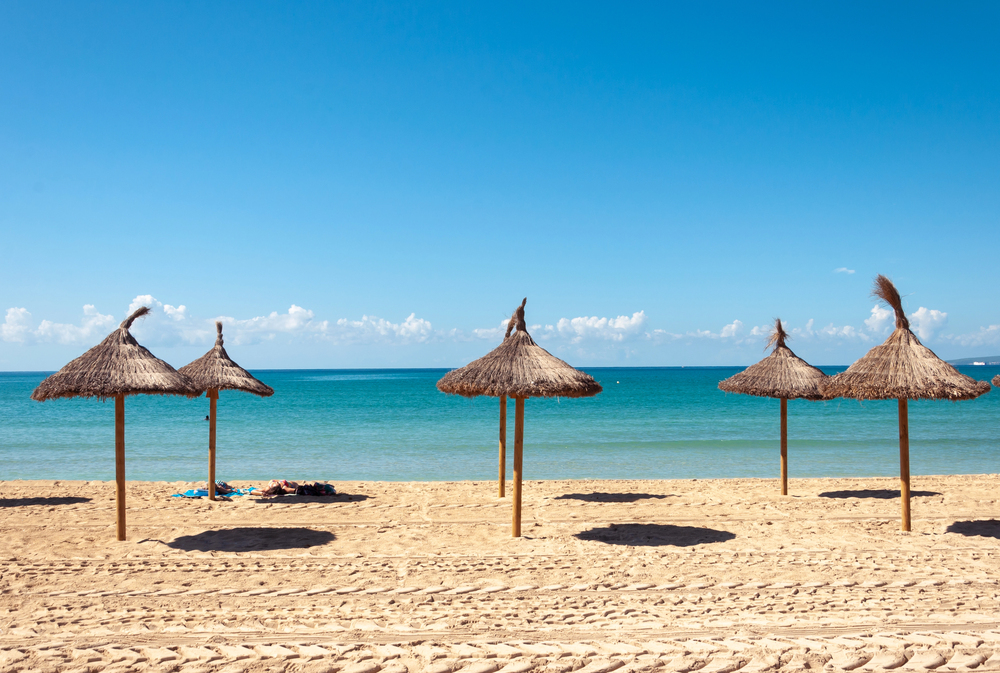
Visiting Spain in late spring (April to May) or early fall (September to October) means lower accommodation rates, fewer crowds, and pleasant weather. Hotels and apartments often charge 30–50% less during these periods compared to peak summer months. Restaurants also tend to offer better service when they’re not overwhelmed with tourists. The weather during shoulder seasons is often ideal for walking and outdoor activities, eliminating the need for expensive air conditioning or heating.
Use Public Transportation Day Passes
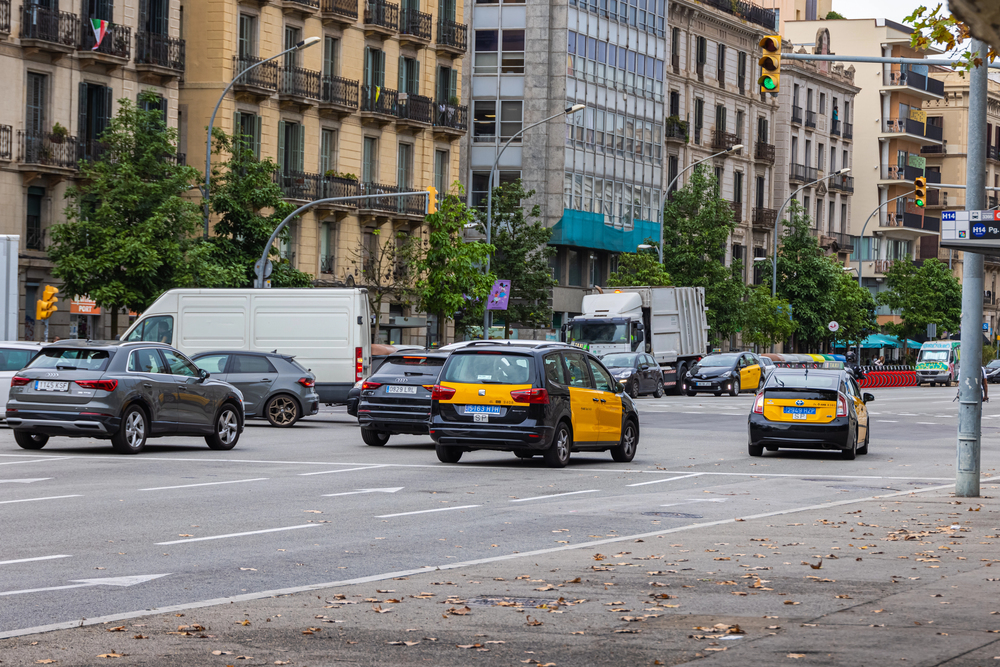
— Photo by hokle1305
Most Spanish cities offer unlimited daily or multi-day public transport passes that quickly pay for themselves. Madrid’s Metro day pass costs about 8 euros and covers unlimited rides on buses, trains, and metros within the city. Barcelona’s T-Casual card provides 10 trips for around 11 euros, which works out much cheaper than individual tickets. These passes also eliminate the hassle of buying tickets for each journey and often include discounts at participating attractions.
Seek Out University Areas for Cheap Eats
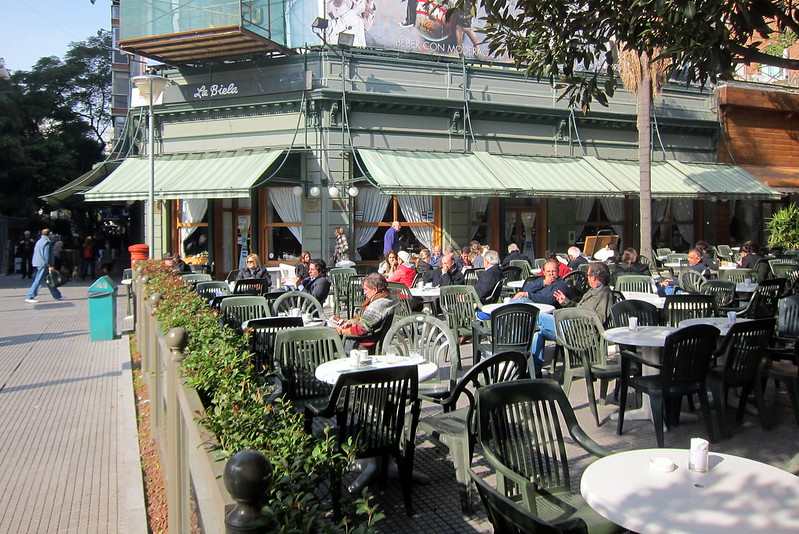
Neighborhoods around Spanish universities feature numerous budget restaurants and bars catering to students. These areas offer generous portions at low prices, with many establishments providing filling meals for under 8 euros. The food quality remains high because these restaurants depend on local repeat customers rather than one-time tourists. University districts also tend to have a lively, authentic atmosphere where you can experience Spanish student culture firsthand.
Take Advantage of Happy Hour and Early Bird Specials
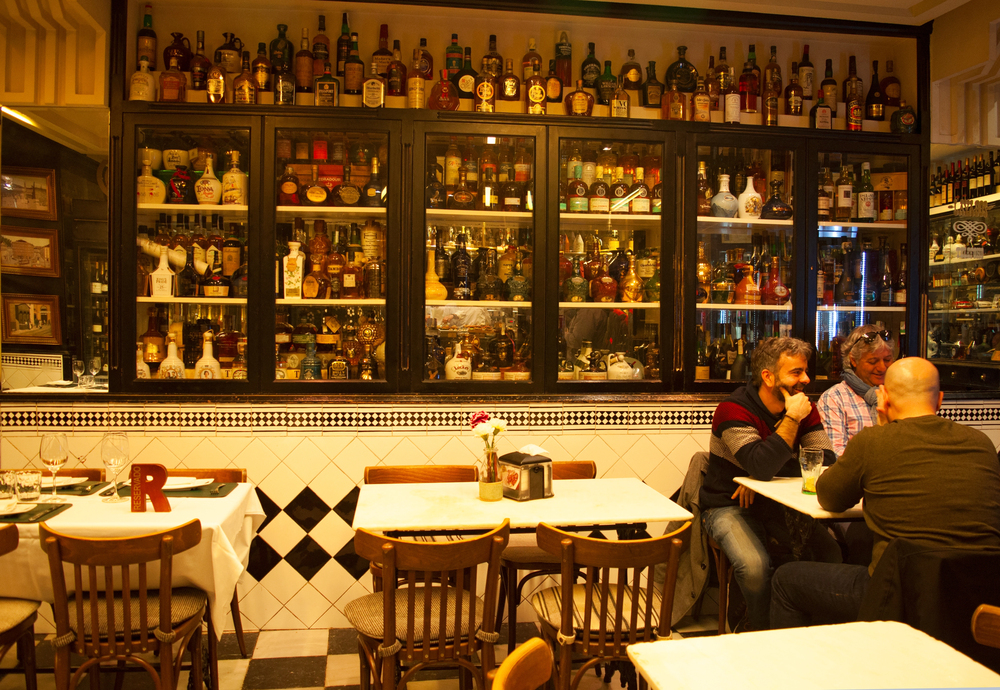
— Photo by vampy1
Many Spanish bars and restaurants offer ‘hora feliz’ (happy hour) discounts on drinks and tapas, typically between 6–8 PM. Some places provide free tapas with drink orders during these hours, essentially giving you a light meal for the price of beverages. Early dinner specials, usually before 8 PM, can also offer significant savings on full meals. These timing strategies align well with Spanish dining customs while helping your budget stretch further.
Walk Instead of Taking Taxis
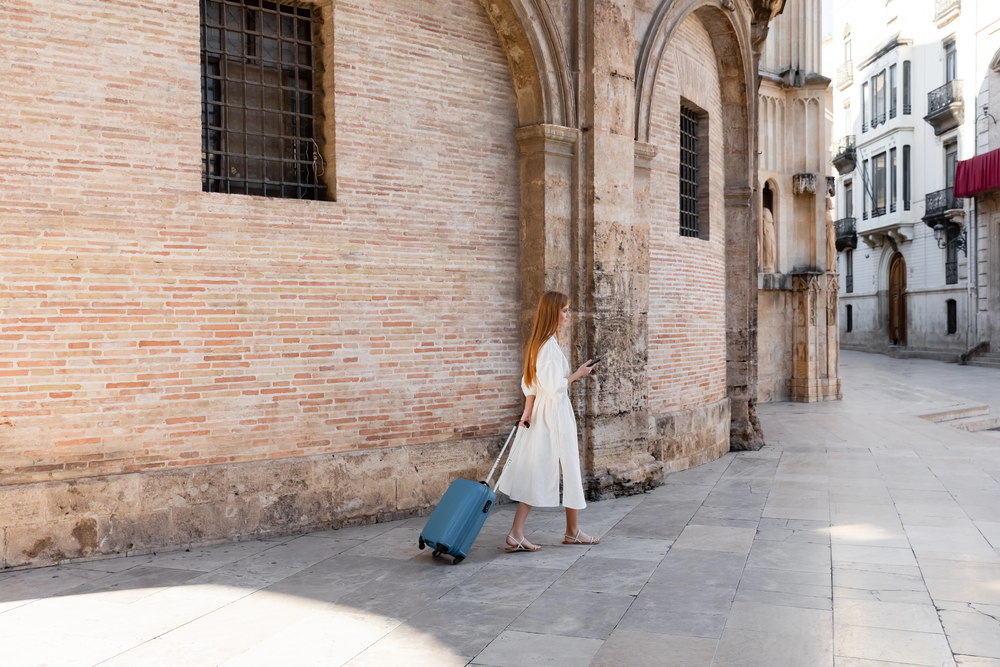
Spanish cities are generally very walkable, with historic centers designed for pedestrians rather than cars. Walking between attractions not only saves money but also helps you discover hidden plazas, local shops, and architectural details you’d miss in a taxi or bus. Most city centers can be crossed on foot in 20–30 minutes, making walking faster than driving during busy periods. This approach also helps you stay oriented and feel more connected to each city’s unique character.
Look for Free Walking Tours
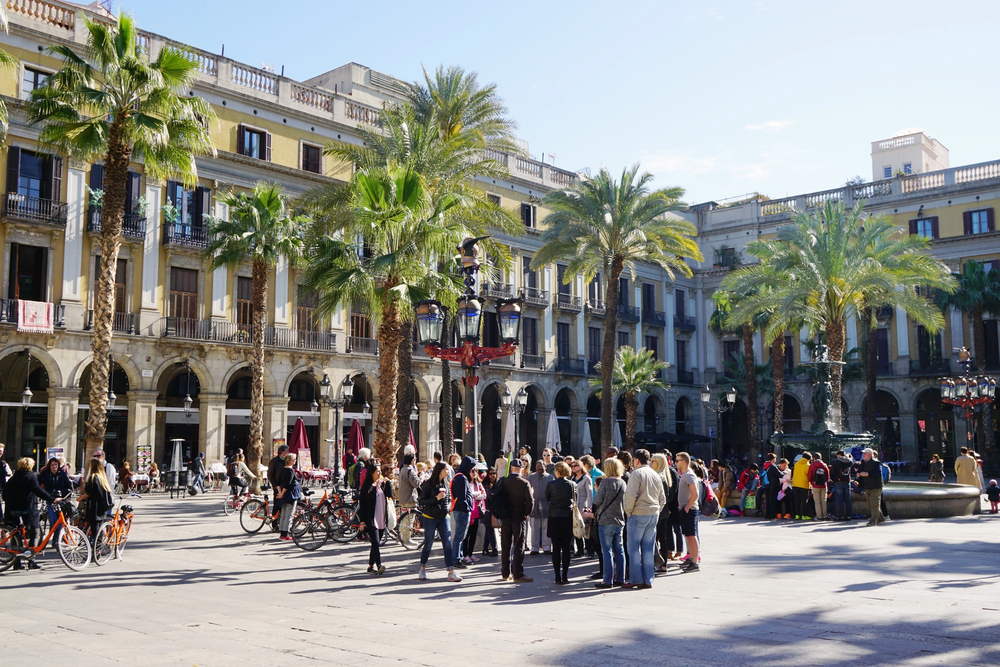
— Photo by buecax
Many Spanish cities offer ‘pay-what-you-think-it’s-worth’ walking tours led by knowledgeable local guides. These tours typically last 2–3 hours and cover major attractions while providing historical context and insider tips. While technically free, most participants tip 5–10 euros, which is still much less than paid tours. These tours also help you get oriented in a new city and often include recommendations for budget restaurants and activities.
Visit Churches and Cathedrals During Mass
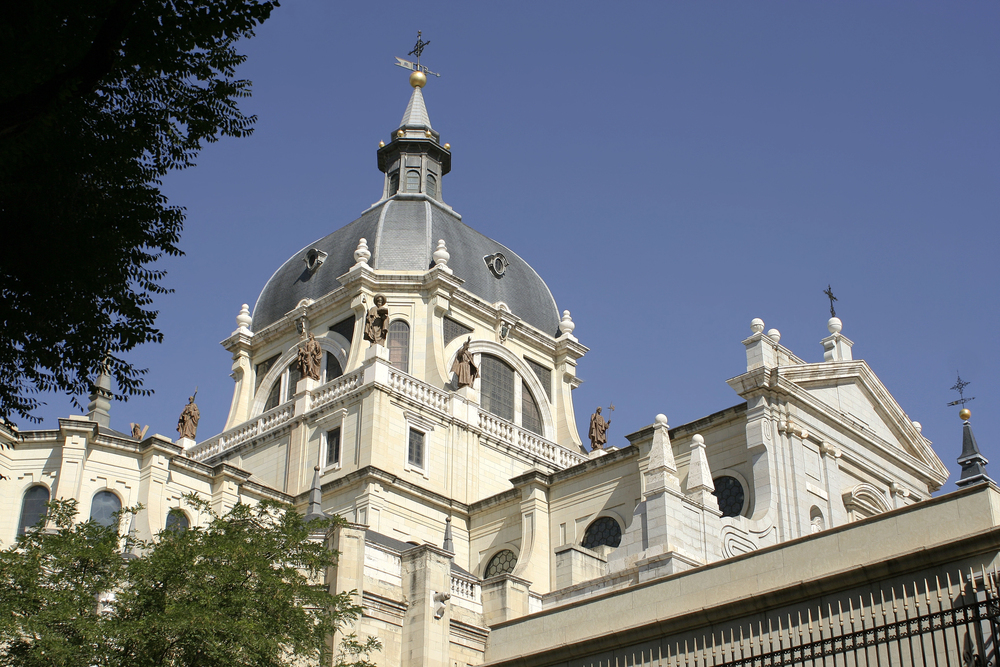
While many Spanish churches charge admission for tourists, attending an actual religious service usually allows free entry. You’ll experience these sacred spaces as they were intended while respecting local customs and traditions. Many churches hold evening vespers or morning masses that last 30–45 minutes, giving you time to appreciate the architecture and art. This approach requires respectful behavior and appropriate dress, but it provides authentic cultural immersion along with the savings.
Use Spain’s Extensive Network of Free Wi-Fi
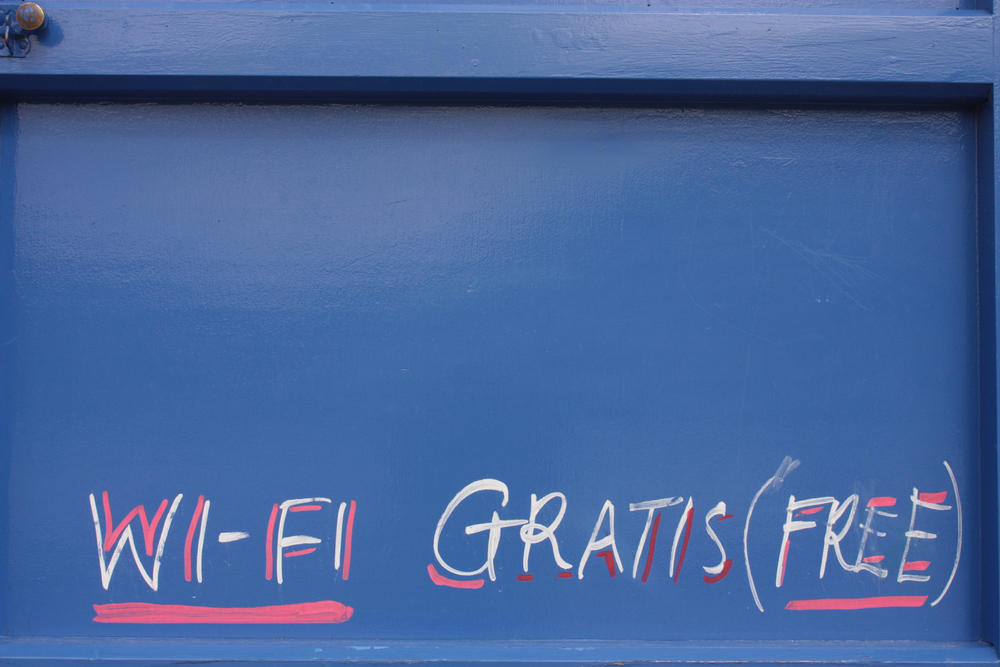
Most Spanish cities provide free Wi-Fi in public spaces, libraries, and many restaurants and cafés. This connectivity eliminates the need for expensive international data plans or Wi-Fi rental devices. You can download maps, research attractions, and stay in touch with home without incurring roaming charges. Many accommodations also include free Wi-Fi, making it easy to plan each day’s activities and find the best local deals online.
Pack Light to Avoid Baggage Fees

Budget airlines serving Spain often charge hefty fees for checked luggage, sometimes costing more than the actual flight. Packing everything in a carry-on bag eliminates these fees and makes moving between cities much easier. Spanish weather is generally mild, so you can pack lighter clothing and layer as needed. Many accommodations provide laundry facilities, allowing you to pack even lighter for longer trips.
Research Free Festivals and Events
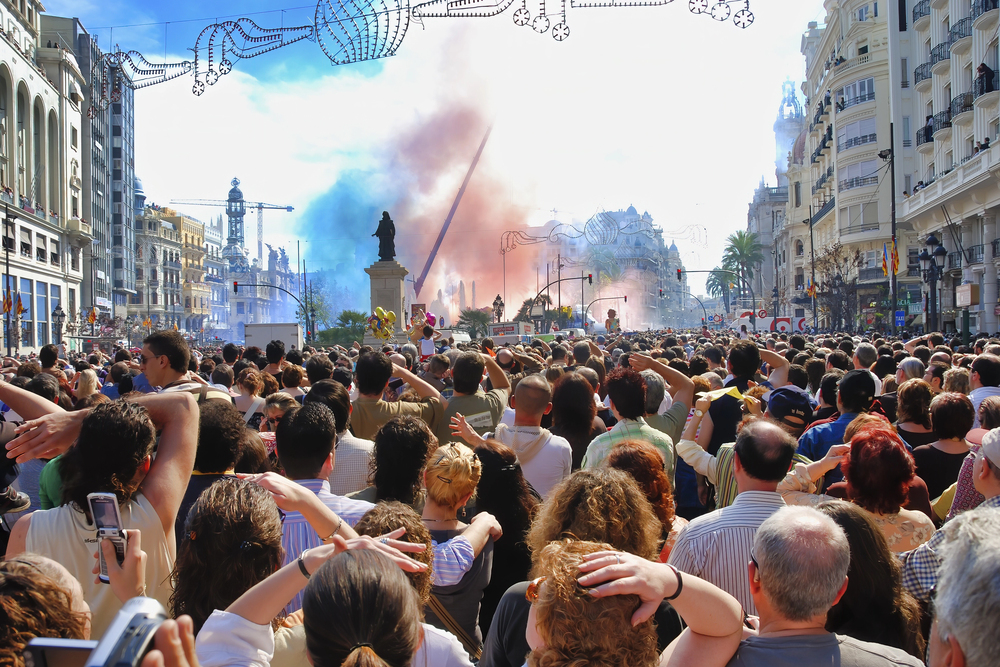
— Photo by jovannig
Spain hosts countless local festivals throughout the year, from religious celebrations to harvest festivals, most of which are completely free to attend. These events offer incredible insights into Spanish culture, with traditional music, dancing, and often free food samples. Local tourism offices maintain calendars of upcoming events, and many happen spontaneously in smaller towns. Timing your visit to coincide with these celebrations adds tremendous value to your trip without any additional cost.
The Art of Living Well for Less
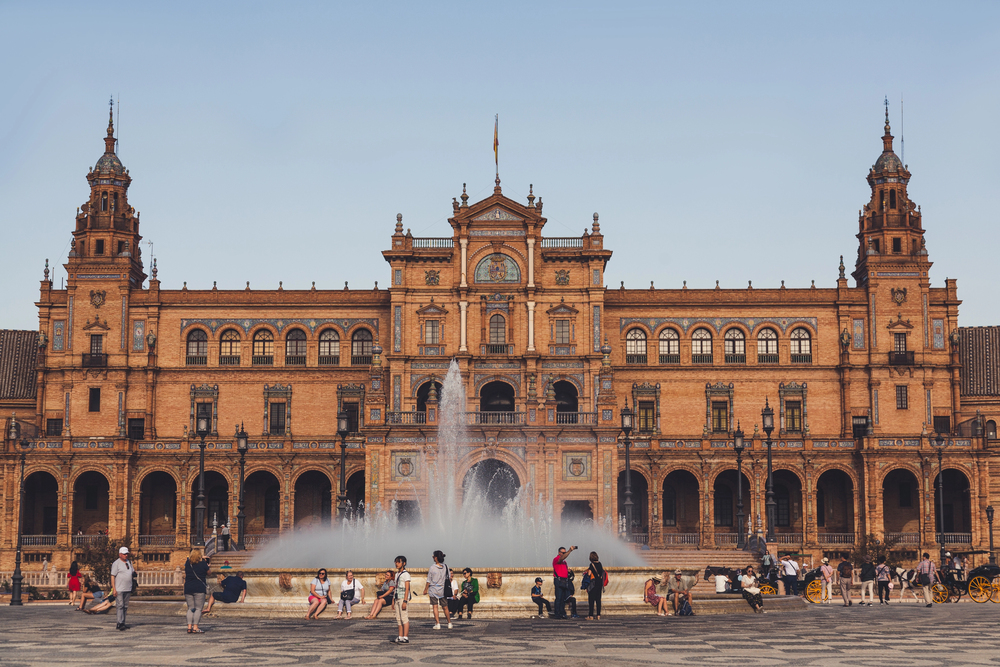
Spain’s approach to life naturally supports budget travel, with its emphasis on leisurely meals, afternoon rest, and evening socializing in public spaces. The country’s infrastructure, from reliable public transport to abundant markets, makes it easy to live like a local rather than an expensive tourist. These money-saving strategies aren’t just about stretching euros—they’re about experiencing Spain the way Spanish people do, which often turns out to be more authentic and memorable than any expensive tourist package. Your budget will thank you, and your travel memories will be richer for having discovered Spain through the eyes of its people rather than through the lens of commercial tourism.
More from Travel Pug

- 20 Best Beach Towns in the Carolinas
- 13 Destinations Where Tourists Regularly Regret Their Trip
- 20 Things You Actually Get in First Class
- 20 Small Airports With Aviation Museums
- 20 Places in the U.S. That Are Perfect for a Reset Trip
Like Travel Pug’s content? Follow us on MSN.
